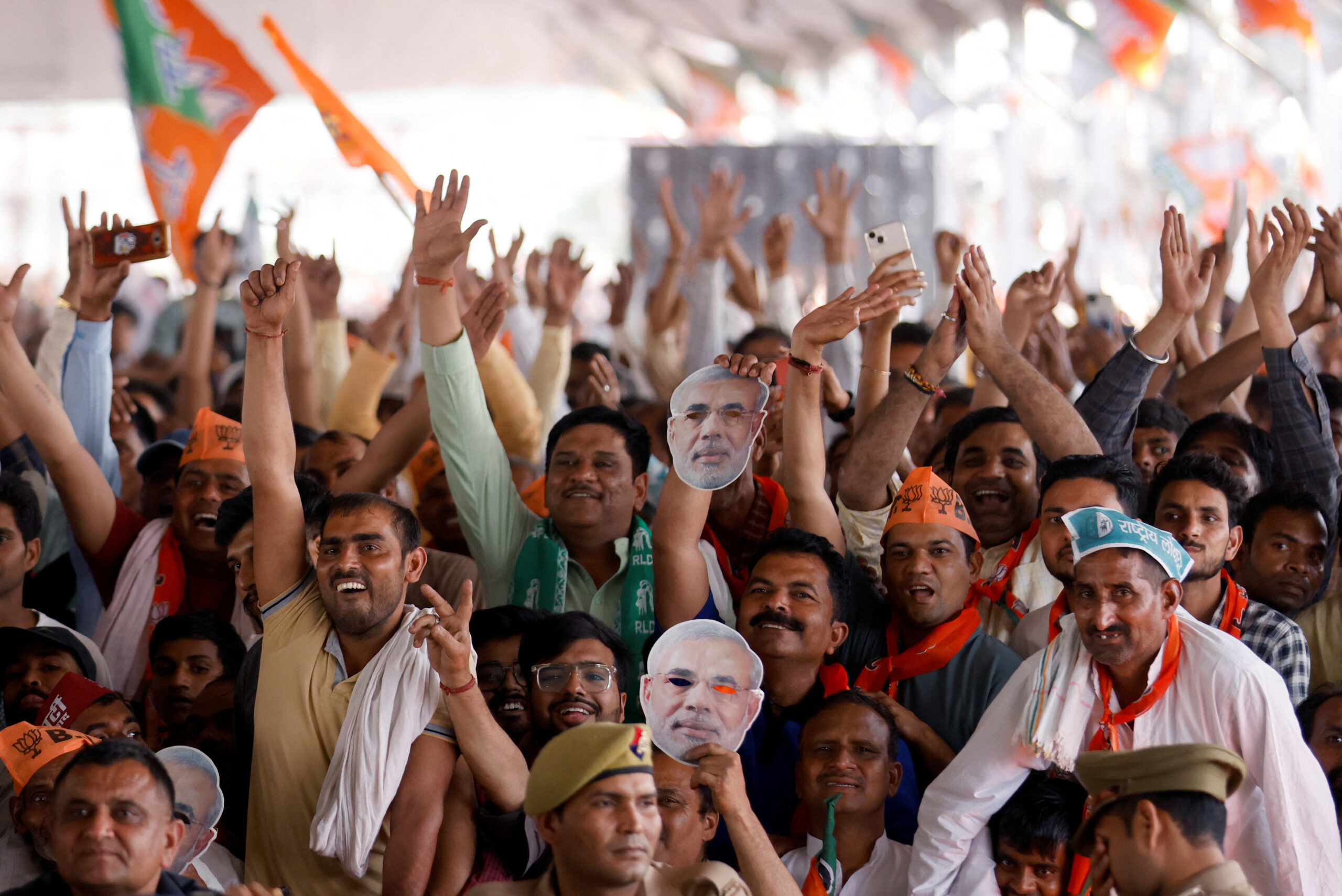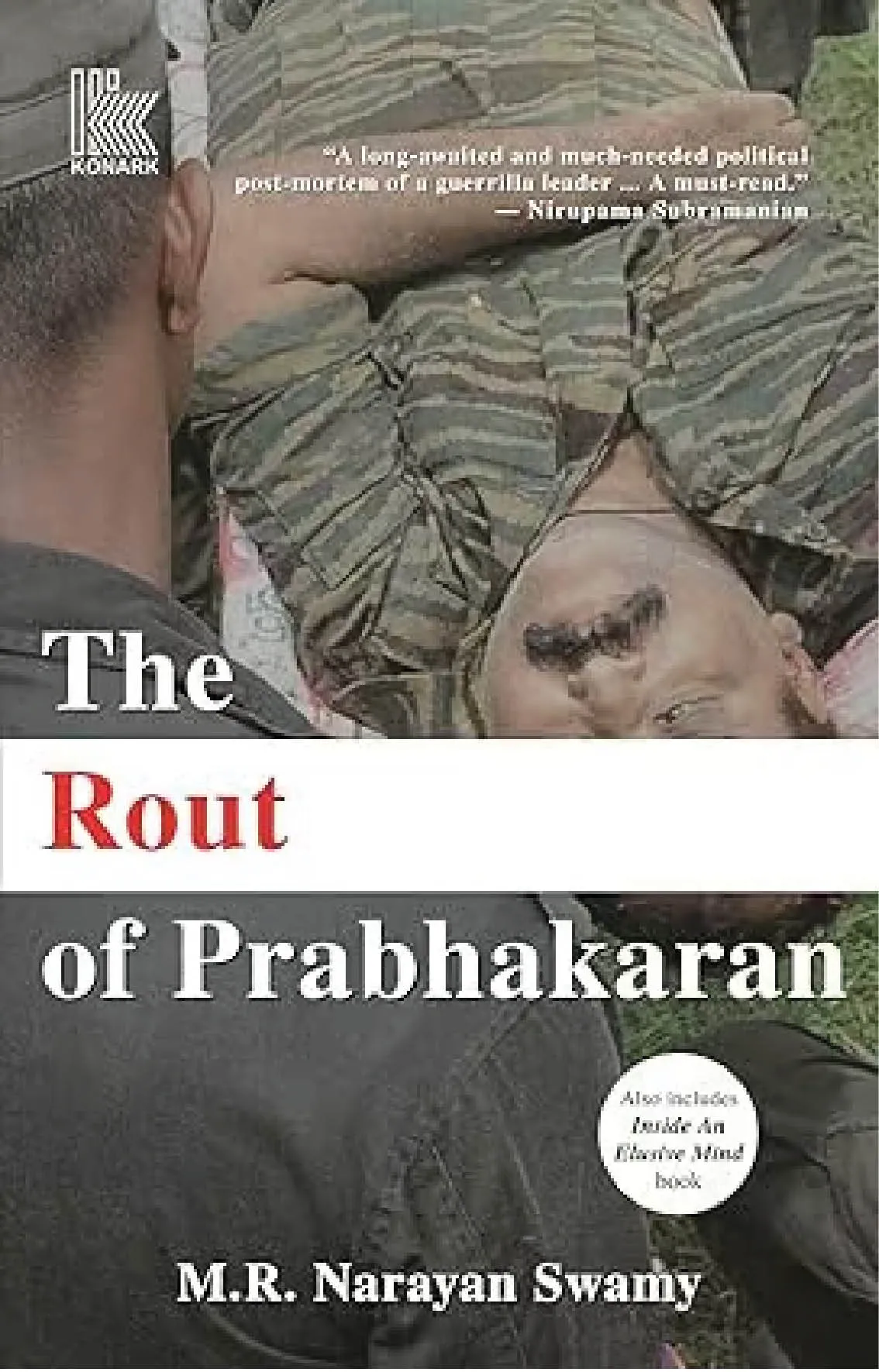Back in the 90’s, a small town Democrat from Arkansas made a daring bid to secure the American Presidency. The lesser known candidate faced the influential incumbent President George HW Bush and Billionaire Ross Perot in a three way contested election. In a campaign which was assumed as just another “nothing to lose” bid, Clinton surprised the world and won the coveted Presidency. Only after the defeat of the “eminent” competitors did the world realize the acumen and scientific rigor behind it. Starting with the internet era in 90’s and social media era beginning in 2000’s, election campaigns have seen various paradigm shifts across the world. How has election campaign changed in the past few decades and what does it hold for the Indian Lok Sabha elections in 2024?
Over the past decades, Elections have moved from being the tussle of competing political sense of campaign teams and differing political views to the rigors of scientific domain. Starting in 90’s, data crunching became common. A candidate would put together a team – campaign managers who would double-check their strategies with the electoral marketplace. Famously, the first attempt at rehearsing and measuring everything including jokes begun around this time. Yes, the jokes which candidates tell was usually delivered in front of audience in a scientific lab setting and measured for impact and number of laughs. The candidates were strenuously directed by the campaign manager to rehearse every single act down to the number of steps. Which political reader doesn’t remember Clinton walking towards the woman in the audience asking “Tell me how it (national debt) has affected you again?” Followed by the media blitz against sitting President with the “It’s the economy, stupid” campaign? Nobody in their 20s or 30s with even cursory knowledge of politics have forgot the “horses and bayonets” retort of Obama.
Electioneering is a science where so much research has been done that today’s candidates merely need to play the role of performer. If the director (i.e campaign manager) is good enough, the possibility of a hit movie (i.e electoral victory) can determined (not just predicted) with very high per cent of accuracy. In case of India where little primary research exists compared to western universities, an approximation of their poll strategies combined with a really higher level of political sense can bring in the same scientific rigor and accurate results (although the margin of error is higher considering factors like culture, caste dynamics and difference due to primary research being in Europe/US). If a candidate can shut down from the world few hours each day, consolidate his team and do his homework with respect to devising and fine-tuning a strategy before hitting the ground running, he can succeed more than 80 per cent of the times. The reality is that western democracies are mostly playing the margin of error making it a closer contest compared to countries like India where the opposition is incompetent to deliver such a challenge.
Imagine a sensible campaign manager going to Rahul Gandhi and telling him that as per this science backed method customized to Indian electorate adjusting for higher margin or error, if you go to this locality where the identity of people are “XYZ” and the income levels are “ABC” and talk about “PQR” issue, you will get 57 per cent of those votes. In short, if the audience is of 500 voters and Rahul Gandhi would deliver those lines on the said issue in a sincere positive manner, he can tick his checklist and say confidently that he got 285 of the votes in those half an hour work. That’s science and not probability. A well-crafted strategy composed of such a long list of checklist will make it inevitable for any candidate to win. Yes, science doesn’t distinguish between eminence and fools no more than laws of gravity. But Rahul Gandhi being Rahul Gandhi isn’t competent enough to do that both at intellectual or practical level even if he manages to secure an expert who can deliver it on his plate.
As elections continue in a phased manner, the narrative being peddled by the opposition is that low voter-turnout will effect BJP’s chances. To be fair, the general scientific narrative is that “It cuts both ways”. In my opinion, low voter turnout here indicates inevitability of a clear winner or “Abki baar 400 paar”. The comparable data being touted by leftist narrative makers is that of 2014 and 2019 to say that turnout increased when BJP won. For explaining 2014 data, there is clear evidence that high anti-establishment mood (as in 2014) combined with a strong challenger predictably improves voter turnout. In 2019 data, the prevailing mood was of nationalism (after the Pulwama and Balakot incident) which is again proved to improve turnout. In contrast, 2024 data is about continuing to reward good governance and the electorate (both the traditional BJP voter and the shrinking Congress voters) realizing that a Modi win is inevitable. Importantly, it’s simple political sense that when turnouts are low either due to adverse weather or an easy one-sided victory, it’s the “cadre based parties” which always have the advantage. BJP being a cadre based party has successfully brought its voters to the booth while Congress falling short of leadership and party workers are struggling. The narrative building has failed to enthuse their own traditional voters and INDI alliance is a non-starter with no clear agenda except anti-BJP hatred.
Election Management of BJP which included heavy concentration on Social media this time and targeted Ad placements has ensured a more sophisticated campaigning. BJP’s customized approach makes it a personal campaign focusing on each voter and minimizing use of impersonal mediums like loudspeakers, hoardings, flexes and unnecessary ads. Indian elections previously was ridden with illegal hoardings and questionable campaigning method. The rise of BJP has cleaned the campaign environment. Moreover, the excellent track record of BJP Government has made on-the-top advertisement seem like unwanted expenditure. Why should Advertisements speak for you when the work speaks for itself? Gone are the days of booth capturing and rigging by medieval style Bahubalis in the Hindi heartland. For my generation, elections were literally a festival comparable to Diwali and Dussehra in its grandeur and involvement of public. Billboards flanking every corner and cone shaped loudspeakers blaring campaign promises have all become a thing of the past replaced by subtle strategies aimed at the educated masses. Campaigning into the wee hours and strategy meeting at late nights have remained the same even today.
It’s a fact of life that humans are enthralled by close competition. Indian’s love it and throng to the stadium to witness India-Pakistan matches at the possibility of Sachin hitting sixes off the legendary bowlers like Shoaib Akhtar and Wasim Akram. Indians jump out in joy when he hits boundaries off the Australian bowling line up including Glenn Mcgrath and Shane Warne. Indians aren’t as excited about the India-Bangladesh match or India-Holland match where victory is one sided. The current Congress party under Rahul Gandhi has ceased to be a match for the powerful BJP electoral machine. “Abki baar 400 paar” will be a reality when counting concludes on June 4th.
Shweta Shalini is a BJP leader, a psephologist & member of election campaign committee in Maharashtra.










